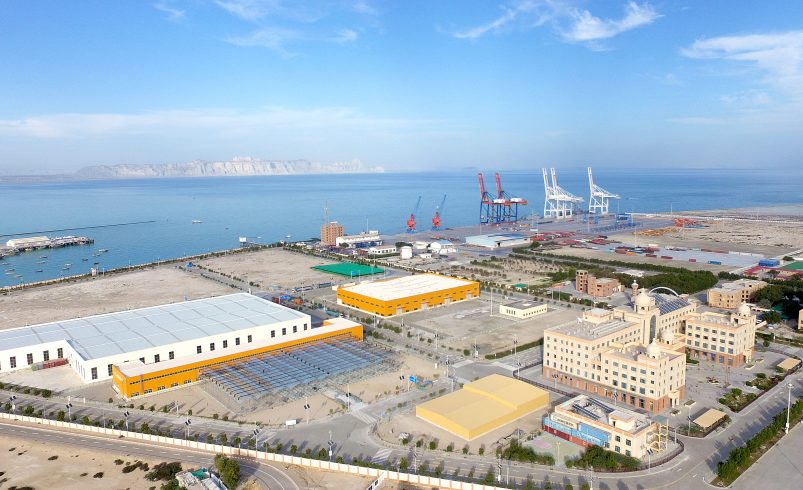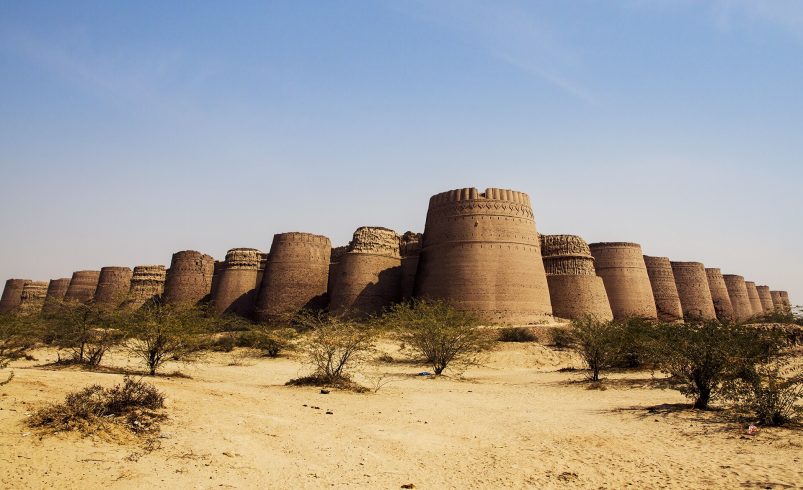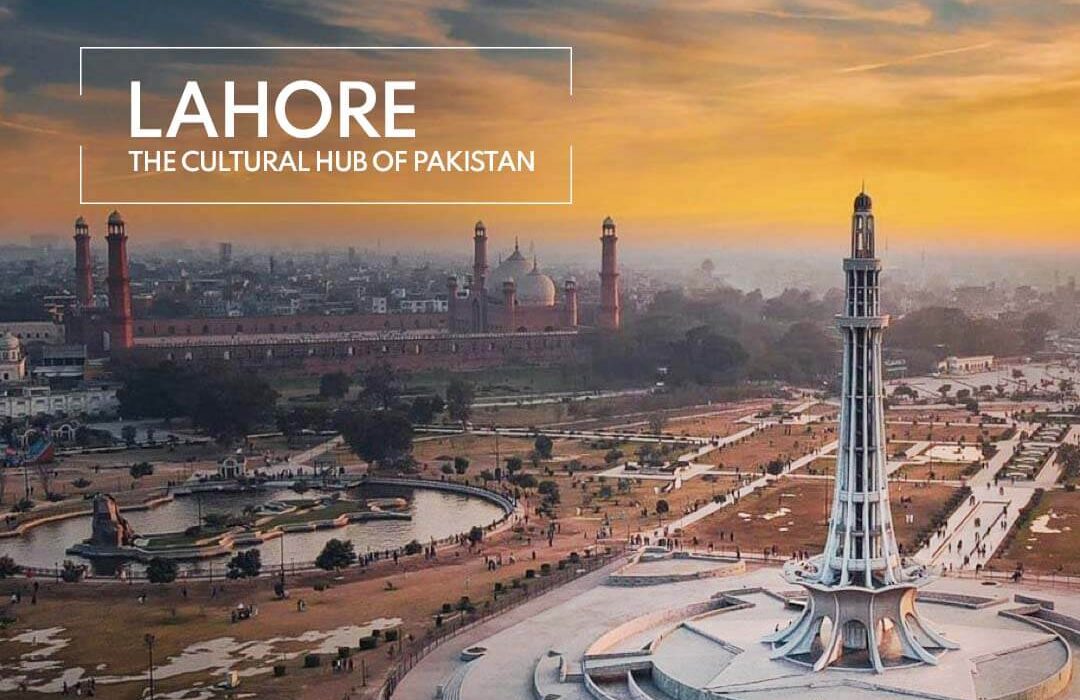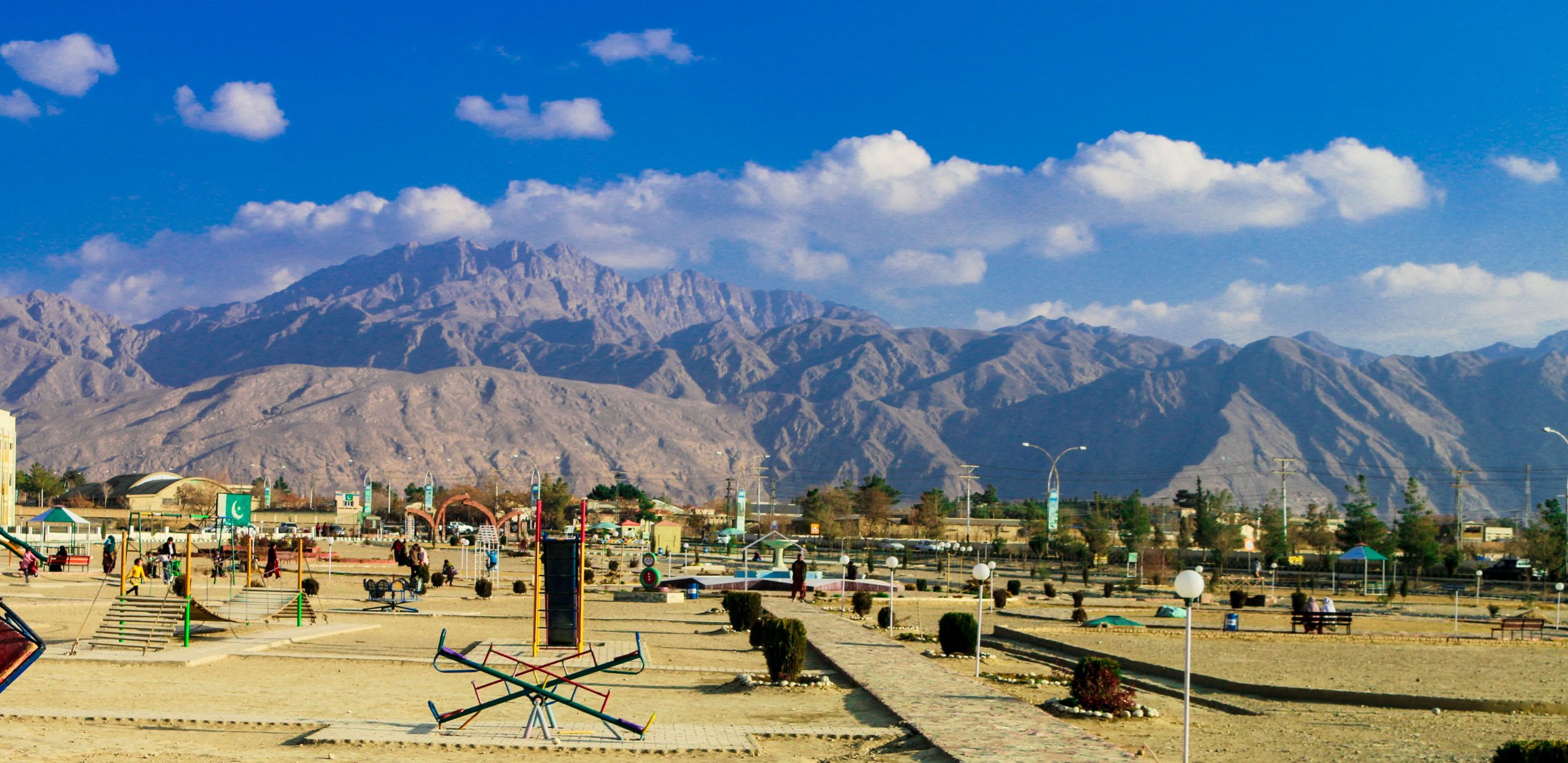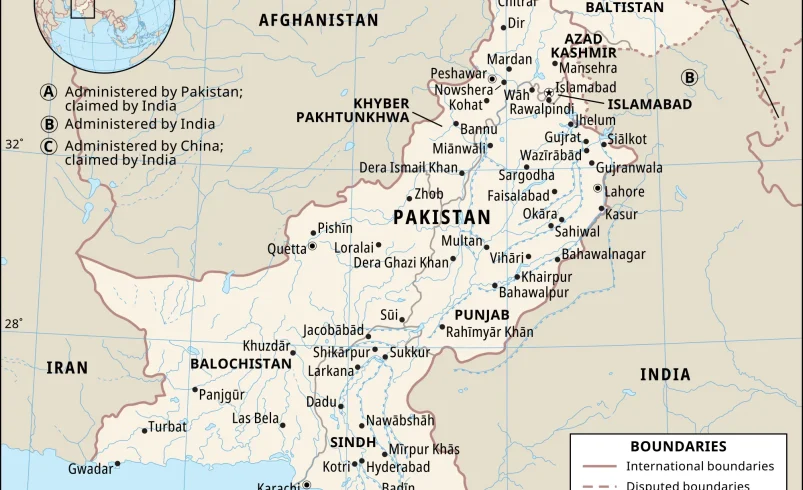
- July 18, 2025
🗺️ Introduction
The Pakistan Border Crossings represent more than geographical lines—they are gateways to history, trade, cultural exchange, and diplomacy. Sharing boundaries with India, Afghanistan, Iran, and China, Pakistan’s frontier regions offer diverse landscapes, from deserts to high-altitude mountains, and unique insights into the country’s geopolitical significance.
🧭 Historical Background of Pakistan’s Borders
Pakistan’s borders were formally drawn during the partition of British India in 1947, leading to the creation of a sovereign state. The eastern border with India was marked by the controversial Radcliffe Line, while the western boundary with Afghanistan, known as the Durand Line, was established in 1893 under British colonial agreements. The China-Pakistan border was peacefully settled in 1963, and Iran’s border is defined through natural terrain and mutual accords.
🌐 Overview of Bordering Countries
Pakistan shares its land borders with the following countries:
- India – 2,912 km
- Afghanistan – 2,640 km
- Iran – 959 km
- China – 523 km
Each of these borders includes notable crossings, towns, and strategic locations relevant to both tourism and trade.
🛂 Pakistan-India Border
🏙️ Wagah Border – Symbol of Patriotism
Located near Lahore, the Wagah Border is a major attraction due to the iconic flag-lowering ceremony held daily by military personnel from both countries. This dramatic, synchronized parade is attended by thousands of locals and international tourists. It is the most accessible of all Pakistan border crossings for visitors.
🛕 Kartarpur Corridor – Pilgrimage Without Visa
The Kartarpur Corridor, opened in 2019, is a visa-free pathway allowing Indian Sikh pilgrims to visit Gurdwara Darbar Sahib in Narowal. It is a symbol of peace and interfaith dialogue, attracting thousands annually, especially on Guru Nanak’s birth anniversary.
🏔️ Pakistan-China Border
🚞 Khunjerab Pass – The Highest Border in Pakistan
The Khunjerab Pass, located in Gilgit-Baltistan, connects Pakistan with Xinjiang, China. Sitting at an altitude of 4,693 meters, it is the world’s highest paved international border crossing. It is a critical link in the China-Pakistan Economic Corridor (CPEC) and part of the ancient Silk Road.
🏞️ Nearby Attractions
- Passu Cones
- Sost Dry Port
- Hussaini Suspension Bridge
- Khunjerab National Park
🏜️ Pakistan-Iran Border
🌵 Taftan Crossing – Desert Gateway to the West
The Taftan border, located in Balochistan, connects to Iran’s Sistan-Baluchestan province. It is used by pilgrims (Zaireen) traveling to Iran and Iraq, and is also a point of trade and overland travel. While the area is rugged, the border is open to international visitors with valid documentation.
🕌 Culture & Traditions
The region is influenced by Baloch tribes on both sides, with common language, attire, and traditions. The hospitality of locals and their resilience amidst desert challenges add value to the journey.
🏞️ Pakistan-Afghanistan Border (Durand Line)
🛣️ Torkham Border – Gateway to Khyber
The Torkham Border in Khyber Pakhtunkhwa is one of the busiest and most strategic Pakistan border crossings. It connects Peshawar with Jalalabad, facilitating trade and daily movement. The border area is well-guarded and equipped with biometric clearance.
🛤️ Ghulam Khan & Chaman Crossings
Ghulam Khan Border, located in North Waziristan, and the Chaman Border in Balochistan, are alternative routes for trade and movement between the two nations. Chaman connects directly with Kandahar in Afghanistan.
📏 Distance from Islamabad to Border Crossings
| Border Crossing | Distance from Islamabad | Mode of Travel |
|---|---|---|
| Wagah Border | 375 km | M-2 Motorway |
| Kartarpur Corridor | 427 km | M-2 + Narowal Highway |
| Khunjerab Pass | 850 km | N-35 (KKH) |
| Taftan Border | 1,520 km | N-40 via Quetta |
| Torkham Border | 232 km | M-1 + N-5 |
| Chaman Border | 890 km | N-25 via Quetta |
| Ghulam Khan Border | 440 km | N Waziristan Route |
🧾 Visa & Entry Requirements
📄 Documents Required for Border Crossings
- Valid Passport
- Visa (country-specific)
- CNIC/NICOP (if applicable)
- Entry/Exit Permit
- Vaccination Certificates (COVID-19 or others)
Some points like Kartarpur allow visa-free entry for specific nationalities under special protocols.
🛡️ Security Measures & Guidelines
While most Pakistan border crossings are well-managed, visitors should avoid taking photos near military installations or restricted zones. Always follow local law enforcement advice, stay within designated areas, and travel during daylight.
🏘️ Accommodation Near Border Areas
- Lahore (Wagah): Avari Hotel, Pearl Continental
- Hunza/Sost (Khunjerab): Mountain Inn, Serena Inn
- Quetta (Taftan/Chaman): Quetta Serena Hotel
- Peshawar (Torkham): Shelton Green, Grand Peshawar Hotel
- Narowal (Kartarpur): Local guesthouses
🍲 Local Foods Across Border Areas
🇵🇰 Border Specialties to Try
- Wagah/Lahore: Nihari, Chargha
- Khunjerab/Gilgit: Yak Karahi, Apricot Dishes
- Taftan/Chaman: Balochi Sajji, Date desserts
- Torkham: Afghan Pulao, Mantu
- Kartarpur: Punjabi Curry, Chana Bhatura
💸 Estimated Travel Costs in PKR
| Item | Average Cost |
|---|---|
| Hotel per night | 3,000 – 10,000 PKR |
| Local transport | 1,500 – 5,000 PKR |
| Daily meals | 800 – 2,500 PKR |
| Border entry/permits | 500 – 1,500 PKR |
| Guide services | 1,000 – 3,000 PKR |
📅 Best Time to Visit Pakistan’s Border Crossings
| Border Point | Ideal Months |
|---|---|
| Wagah | October to March |
| Khunjerab | May to September |
| Taftan | November to February |
| Torkham | October to March |
| Chaman | October to March |
| Kartarpur | November to February |
🎒 Travel Packing Checklist
- Original Passport
- Multiple ID copies
- Warm Clothing (Khunjerab, Sost)
- Power Bank and Chargers
- First Aid Kit
- Light snacks & bottled water
- Travel permits and printed visa
🚨 Emergency Contacts
| Authority | Helpline Number |
|---|---|
| Police Emergency | 15 |
| Rescue Services | 1122 |
| Edhi Ambulance | 115 |
| FIA Immigration Helpline | 051-9255940 |
| Tourism Helpline (Punjab) | 042-99204629 |
❓ FAQs
What are the main Pakistan border crossings tourists can visit?
Travelers usually prefer Pakistan border crossings like Wagah, Khunjerab, and the Kartarpur Corridor because they are more developed and accessible. Moreover, these routes are equipped with security, visitor facilities, and cultural highlights.
Is a visa required to cross the Pakistan-India border?
Yes, you definitely need a valid visa to cross the Pakistan-India border. However, the Kartarpur Corridor stands out as an exception since it allows visa-free access for Indian pilgrims under a special protocol.
What is the highest international border crossing in Pakistan?
Among all the Pakistan border crossings, the Khunjerab Pass is the highest. It lies at an astonishing 4,693 meters above sea level and connects Gilgit-Baltistan to China’s Xinjiang region via the scenic Karakoram Highway.
Is the Wagah Border Ceremony held daily?
Yes, the Wagah Border Ceremony takes place every evening without fail. If you’re planning to attend, make sure to arrive at least an hour early to get a good view of the vibrant flag-lowering parade.
Are Pakistan’s border areas safe for tourists?
Generally speaking, most Pakistan border crossings such as Wagah, Khunjerab, and Kartarpur are quite safe for tourists. Nevertheless, you should always check updated travel advisories before visiting areas like Chaman or Torkham, where conditions may change unexpectedly.
What should I carry when visiting Pakistan’s borders?
It’s crucial to carry your original passport, visa, and multiple copies of both. Additionally, consider bringing a water bottle, warm clothing for northern crossings, and sunscreen for desert areas like Taftan or Chaman.
What makes Kartarpur Corridor unique among Pakistan border crossings?
Unlike most international borders that require visas, the Kartarpur Corridor allows Indian Sikh pilgrims to visit Gurdwara Darbar Sahib without a visa. This peaceful initiative demonstrates how borders can also build bridges of faith and unity.
How long does it take to reach Torkham Border from Islamabad?
The drive from Islamabad to Torkham typically takes 5 to 6 hours via the M1 Motorway and N-5 Highway. Although it’s a long trip, the changing landscape along the way keeps the journey exciting.
Can I cross into Iran via Pakistan by land?
Yes, you can cross into Iran through the Taftan border crossing, provided you hold the correct visa. It’s a common route for religious pilgrims and overland travelers heading to the Middle East.
Are there any scenic attractions near the Khunjerab Pass?
Absolutely! When you’re traveling to the Khunjerab Pass, don’t miss out on exploring the Passu Cones, Sost town, and Khunjerab National Park. These destinations make your border journey truly memorable.
Can foreigners visit the Chaman border region?
While foreigners can travel to Chaman, they often need additional permits, and it’s wise to consult local authorities or guides first. Due to occasional tensions in the region, advanced planning is essential.
Is photography allowed at Pakistan border crossings?
Photography is generally allowed in public areas, especially at Wagah and Khunjerab. However, to avoid legal trouble, refrain from photographing military installations or security personnel near any Pakistan border crossings.
Do local buses go to Pakistan’s border cities?
Yes, public transport is available to most nearby cities such as Lahore, Gilgit, and Peshawar. From there, you can easily hire taxis or vans to reach the respective border crossings.
Are there any fees for entering border areas like Wagah or Khunjerab?
For Wagah, there’s usually no fee for viewing the ceremony. However, when traveling to Khunjerab, you’ll pay a national park entry fee. Always confirm updated prices before visiting.
Which Pakistan border crossing connects to the ancient Silk Route?
The Khunjerab Pass is part of the modern China-Pakistan Economic Corridor (CPEC) and was historically a section of the Silk Road. It continues to serve as a vital trade and tourism gateway.
Can you attend the Wagah ceremony without crossing the border?
Yes, most visitors attend the ceremony from the Pakistani side and do not need to cross into India. Seating areas are provided for families, tourists, and even foreigners, offering a close view of the event.
How do I access the Kartarpur Corridor from Lahore?
From Lahore, you can reach Kartarpur by road via Narowal in about 2 to 3 hours. Pilgrims must register online in advance through the official portal provided by Pakistani authorities.
What is the best time to visit Pakistan’s border crossings?
Although each border has its own ideal season, you’ll enjoy the Khunjerab Pass most during May to September, and Wagah or Kartarpur between October and March when the weather is pleasant.
Are hotel options available near Pakistan’s borders?
Yes, you’ll find plenty of accommodation near Wagah (Lahore), Khunjerab (Sost or Hunza), and Torkham (Peshawar). Budget hotels and guesthouses are also available near Chaman and Kartarpur.
What is the role of Torkham in Pakistan border crossings?
Torkham serves as a major trade and transit hub between Pakistan and Afghanistan. It is one of the busiest border crossings and plays a key role in both bilateral commerce and people-to-people exchanges.
Can I visit multiple Pakistan border crossings on one trip?
Yes, many travelers plan multi-border journeys. For example, you could start at Wagah, explore Kartarpur, and then head north to Khunjerab, making your visit both diverse and informative.
🏁 Conclusion
The borders of Pakistan offer more than just geopolitical boundaries—they reflect the country’s cultural depth, strategic position, and travel potential. Whether you’re watching the stirring Wagah parade, driving on the surreal Karakoram Highway, or stepping foot into spiritual Kartarpur, each crossing tells a story of resilience and unity. With proper planning and respect for regional sensitivities, Pakistan border crossings can become unforgettable parts of your travel journey.


